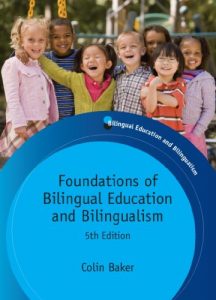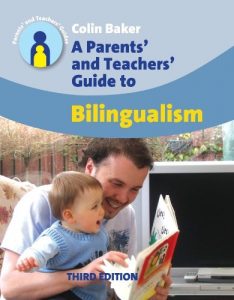The fifth edition of this bestselling book provides a comprehensive introduction to bilingualism and bilingual education. In a compact and clear style, its 19 chapters cover all the crucial issues in bilingualism at individual, group and national levels. These include:
• defining who is bilingual and multilingual
• testing language abilities and language use
• languages in communities and minority groups
• endangered languages
• language planning, language revival
• the development of bilingualism in infancy and childhood
• bilingualism in the family
• age and language learning
• adult language learning
• bilinguals' thinking skills
• bilingualism and the brain
• theories of bilingualism
• types of bilingual education
• heritage language education
• evaluations of bilingual education
• minority language literacy
• biliteracy and multiliteracies
• effective teaching and learning methods in bilingual classrooms
• the effectiveness of bilingual education in the United States
• the history of bilingual education in the United States
• language minority underachievement
• bilingual special education
• the assessment of language minority children
• Deaf bilinguals
• the spread of English as a global language
• learning English as a second or third language
• language identity and multiple identities
• the politics surrounding language minorities and bilingual education
• assimilation and pluralism
• bilingualism and employment
• bilingualism and the internet








